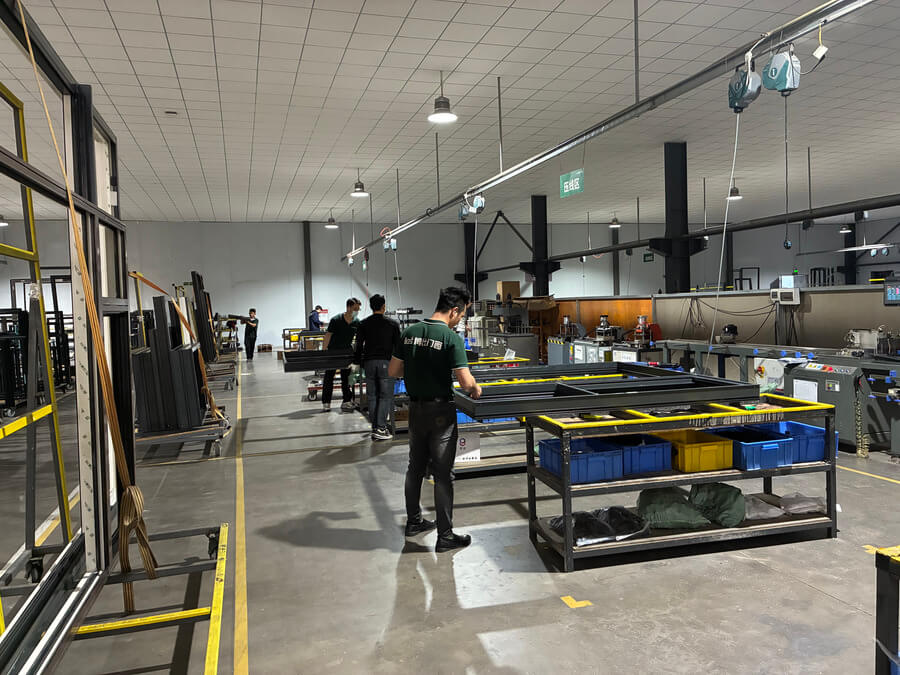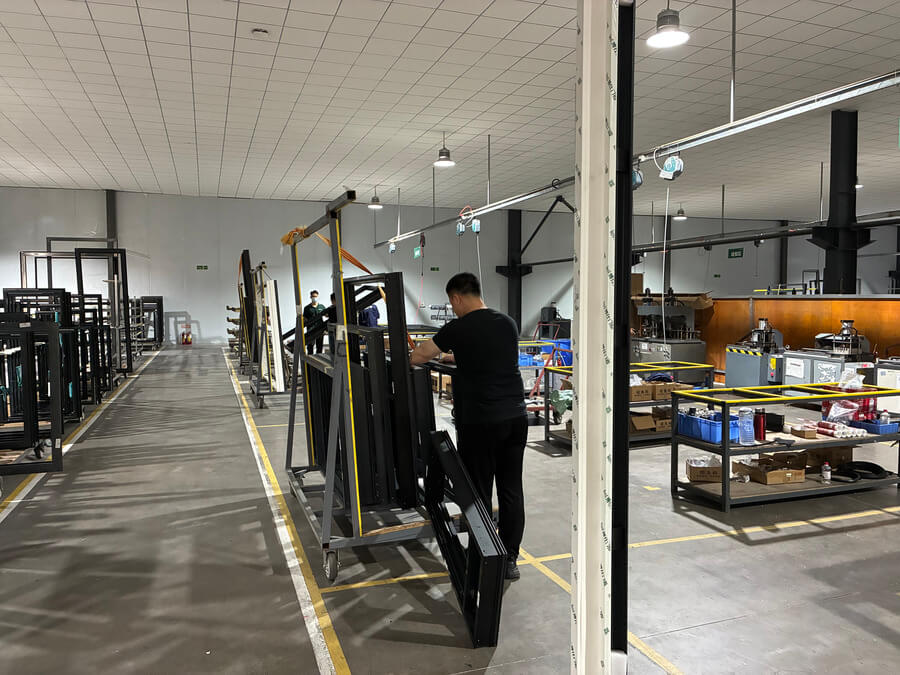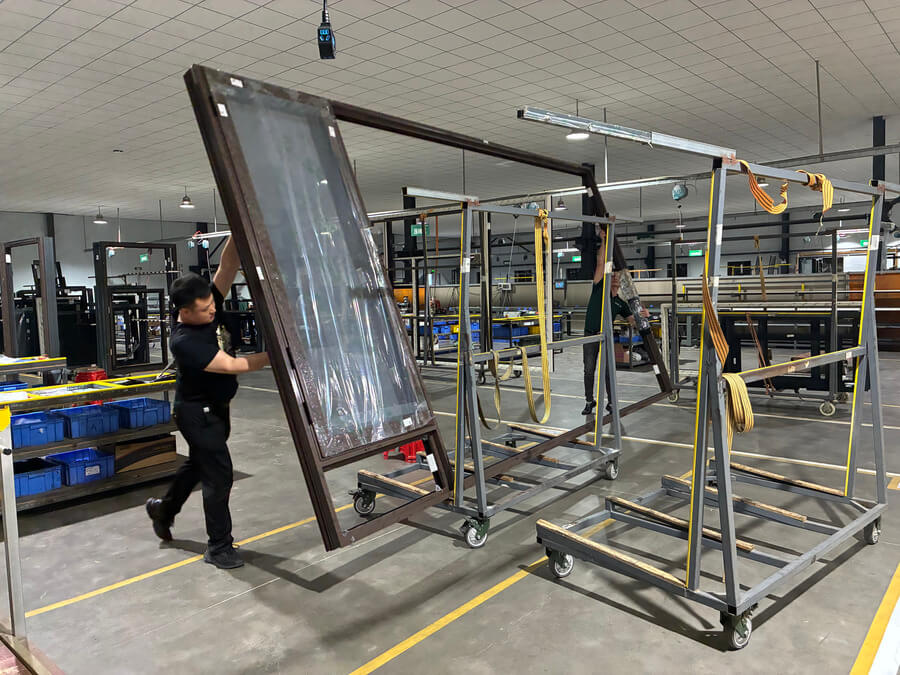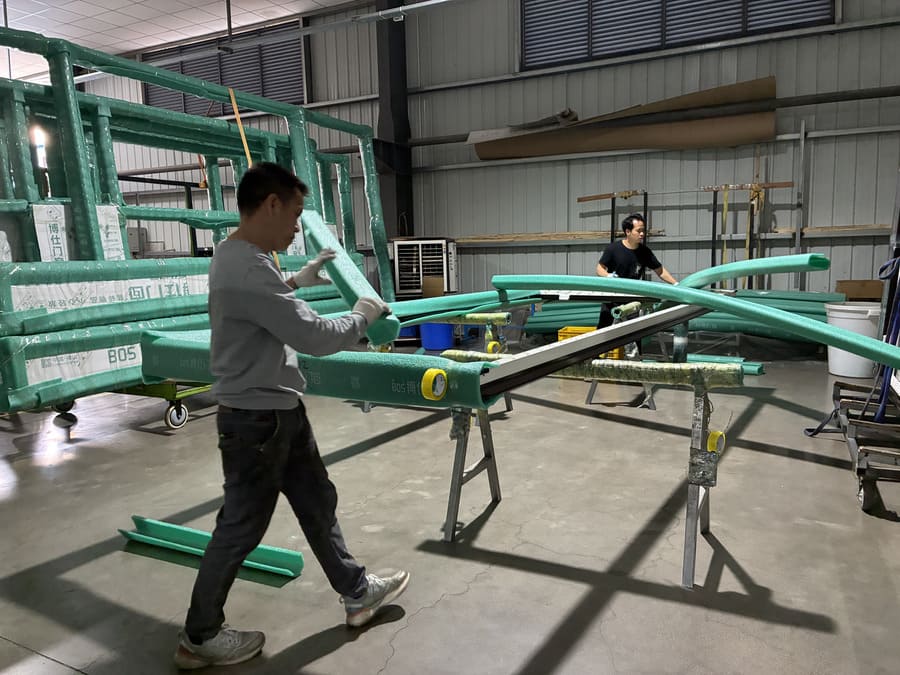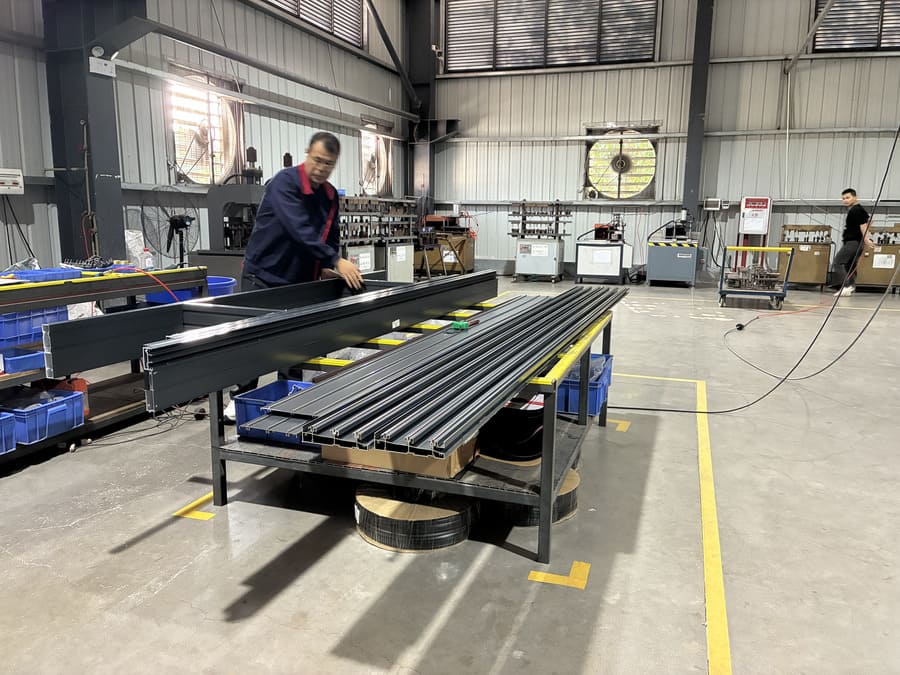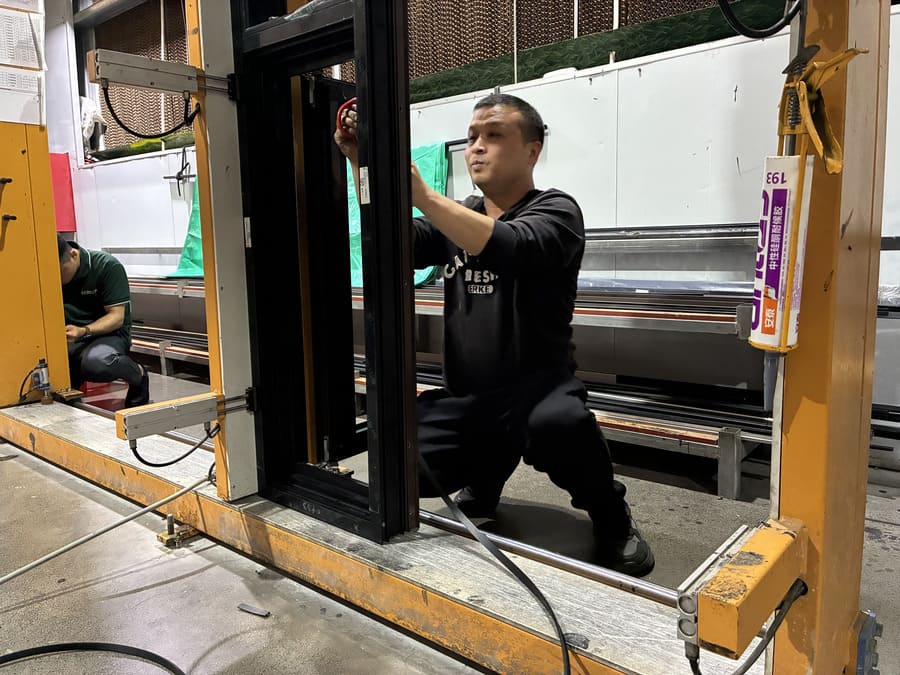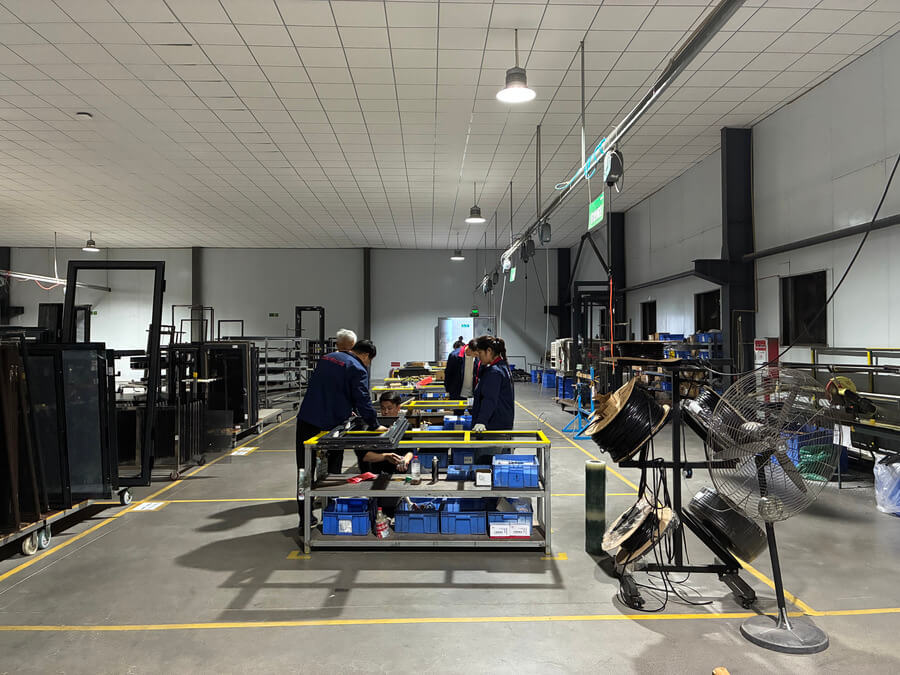What is Condensation?

Condensation is the transformation of water vapor in the air into small liquid droplets when it meets a colder surface. This occurs because warm air can contain more moisture than moist air. Therefore, when warm, moist air contacts a cooler surface, the air loses heat and can no longer contain all of its moisture. The excess water vapor then settles on the surface as visible droplets.
You can observe condensation in your everyday life. An example is when you take a hot shower and steam condenses on the bathroom mirror. The same condensation occurs on a glass of water with ice, which is in a warm room.
The drops are formed on the outside of the glass because the air around it is cooled and its moisture is released. Inside your home, condensation is common when your indoor air is humid and the window glass is much cooler than the room temperature (ie, when it’s cold outside).
Causes of Condensation

Condensation happens mainly because of excess indoor moisture moisture indoor, too little air flow, and cool surfaces. By recognizing the triggers, you can avoid excess moisture and help make the home drier and healthier. The main causes include:
Cooking and Boiling water
A lot of steam is produced in the kitchen when boiling rice, water of any kind, or frying. If the lukewarm air does not escape from the room via an extraction hood or open window, then the steam will fill the house and will eventually, if it encounters a cold surface, condense into water droplets.
Bathing and Showering
Another significant source of humidity is the bathroom. A hot shower can emit as much as 2 litres of water vapour in the air. If fans are not turned on and the door and windows are closed, all that wet air stays in the bathroom and returns to water on surfaces, including the damp walls and the ceiling.
Breathing and Sleeping
Human activity adds more moisture to the air naturally. Every person breathes out about 0.5 liters of water vapor while sleeping; in bedrooms with the door and windows shut, there will be misted-up windows in the morning, no doubt.
Drying Clothes Indoors
One of the quickest ways to fastest ways to elevate humidity in the home is to hang wet laundry indoors. One load of wet clothes can equate to almost 2 litres of moisture being evaporated into the air. Without good air movement from outdoors, this will create condensation, especially in the colder months when drying outdoors is less enjoyable.
Inadequate Ventilation
Many of today’s homes are designed to be energy-efficient, meaning they are airtight and have excellent insulation. This is good for keeping heat in, but it also keeps in humidity. If vents, extractor fans, or windows are not regularly opened/used, moisture builds up with no way to escape, resulting in condensation.
Temperature Variations on Cold Surface
When warm air hits cooler surfaces (single-glazed windows, outside walls, or tiled floors), it cools rapidly, and water droplets are formed. This is why condensation is more of an issue in winter, when the outside temperature is significantly cooler than indoors.
How to Control and Avoid Condensation Forming?

You can reduce or prevent condensation by taking the proper steps. Since condensation typically occurs because of excess moisture and inadequate ventilation, it’s important to control those two factors.
Here are some ways to prevent condensation in your home:
Increase Ventilation
Allowing warm air circulation around the inside of the home can help reduce moisture level accumulation. Regularly opening the windows in your home (especially in the kitchen, bathroom, and laundry room) will allow moisture to escape to the outside.
It could also be worthwhile to consider installing exhaust fans and/or a whole-house ventilation system to have lower relative humidity.
Limit Indoor Humidity Level
A whole-house refrigerant dehumidifier can help to effectively reduce indoor humidity levels to lower total moisture content in the air. By keeping the indoor humidity levels below 60%, ultimately in the 30 – 50% range, most forms of condensation will not occur on your window vents and external walls.
Indoor Temperature Control
Condensation occurs when warm air comes into contact with a cold surface. Maintaining a consistent dew point temperature indoors will limit this problem. Double-glazing windows or insulated glass will keep a cold glass surface warmer.
Reduce Moisture Sources
Cooking, showering, and drying clothes indoors are everyday activities that contribute water vapor to the warm air. Covering pots while cooking, putting lids on food, using vented tumble dryers outdoors, and wiping down wet surfaces in the bathroom are all effective means to minimize moisture.
Insulate Your Home
Sound insulation to external walls, ceilings, and floors will keep cold surfaces to a minimum and eliminate surfaces on which condensation can form. Improvements to windows, such as double glazing windows, can be particularly effective in eliminating condensation on windows.
Establish Good Daily Habits
A little lifestyle adjustment can go a long way to reduce condensation. For example, allowing a gap between the furniture and the internal walls will improve airflow, while lowering the trickle vents from the top of the window just a little means that even though the window is closed, there is continuous air flow without losing excess heat.
Conclusion

Condensation is more than an inconvenience; it undermines comfort, promotes mildew and mould growth, and increases energy costs. Managing ventilation, humidity levels, and upgrading surfaces that are typically cold will significantly reduce damp and create a healthier and energy-efficient space.
Boswindor understands the importance of good design, and he same applies to doors and windows. As a leading provider of PVC and aluminum window and door systems, Boswindor supplies doors and windows that improve your home’s aesthetics and assist with condensation control as well. Need help managing condensation in your home by optimizing your window systems? Contact Boswindor today.








